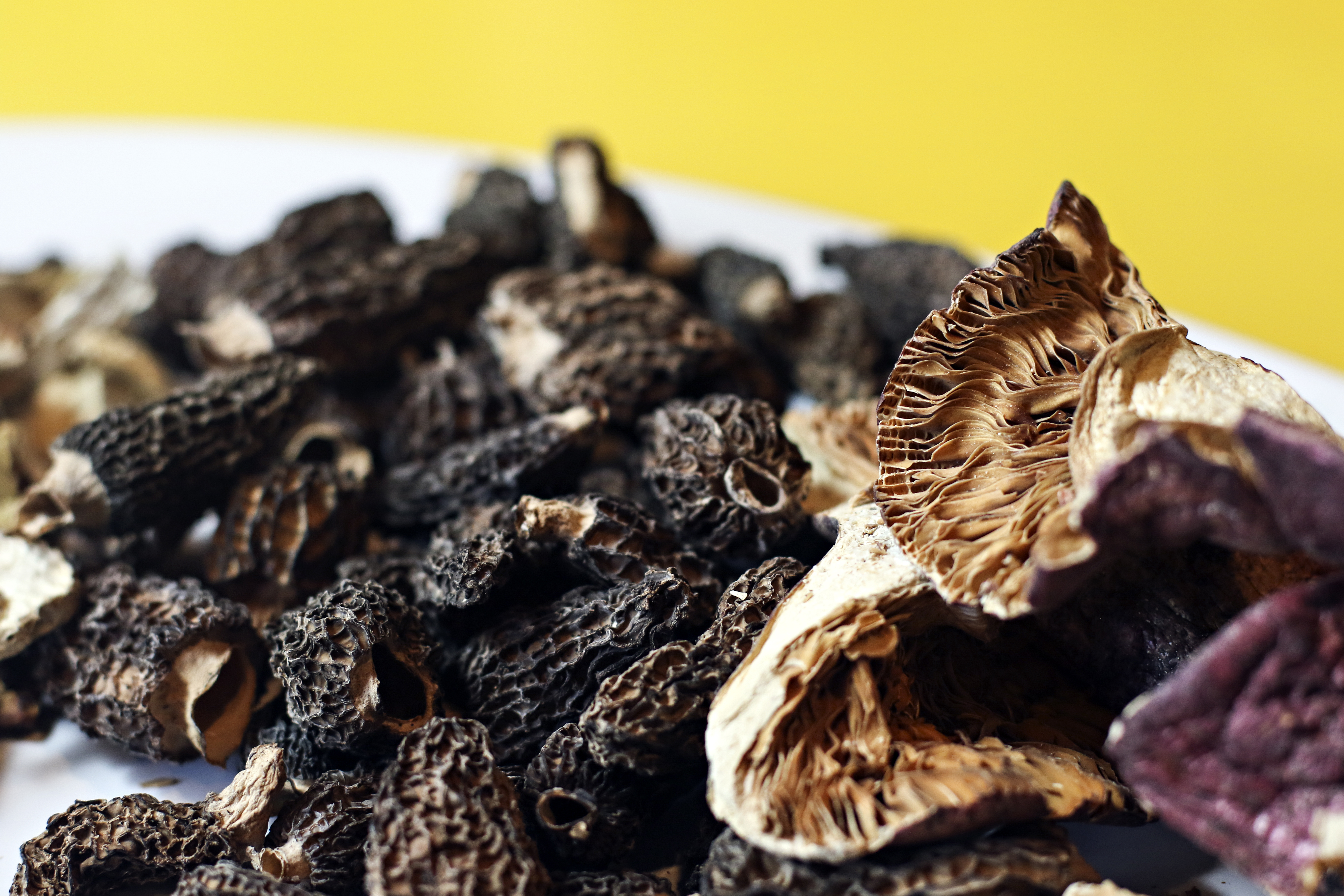With the weather finally taking on an autumnal air, leaves are changing colors, fruit is ripening and falling off the branches and chefs and hobbyists alike are out foraging for delicacies to add to the dinner table.
Chris DiMaio, former executive chef at Three Forks Grille in Columbia Falls who now runs Montana Craft Kitchen, is known for utilizing hyper-local seasonal ingredients in his menus and routinely stocks up on whatever might be gleaned from the ground. On a recent pass through Missoula, he stopped to collect wild watercress. Before that he was up the North Fork hunting for white chanterelles that ended up in an appetizer that paired the fungal delicacy with roasted, locally harvested pears.
“Foraging is really the core of seasonal cooking,” DiMaio said. “These foods only last a few weeks. All the food we do, all the menus I write are based on what’s available right now and hasn’t had to travel very far.”
Even to those who are not full-fledged members of the foraging world, some foods might immediately spring to mind, especially in the Flathead Valley. Spring is the time for morel hunting, especially through recently fire-scarred landscapes. August and September are when Montana’s huckleberry crop is at its height.
“Our whole ethos with our cuisine is to source from the land and show off the ingredients people didn’t even know existed here,” said Sam Bassett, the chef behind Forage406 catering. “We focus on using a lot of unique, hyper-seasonal offerings, but every dinner we do everyone wants huckleberries on the menu.”
Bassett will use huckleberries in a lot of desserts — a simple chocolate mousse, for instance, or a reduction paired with lemon zest, sugar and vanilla to serve with whipped cream and shortbread crumble.
He also suggests trying out fermented huckleberries to use as a marinade with meat, done by vacuum sealing them with a 2% salt mixture.

“Fermented huckleberries have a unique flavor, a real savory funkiness that comes from the lactobacillus,” he said. “But also people don’t realize how many varieties of berries we have — service berries, thimbleberries, Aronia berries… they can be used just like any traditional ones you think of.”
On the more unusual side of the ingredient spectrum, Bassett says that wild ginger can be found carpeting the forest floor in some areas of Montana and its spicy herbaceous quality is perfect in infusions and syrups.
Another underutilized ingredient he often looks to is wild burdock, or gobo, a tuber root traditionally used in Japanese cuisine.
“There’s a veritable pantheon of ingredients to choose from in the Flathead area that I just want to show off, rather than order from a big supplier and end up with the same menu as everyone else,” Bassett said.
DiMaio says two easy plants that the hobby-chef can try gathering and incorporating into their own menus are nettles and fiddlehead ferns, both of which are best harvested in the springtime.
He suggests cooking nettles like spinach — blanching the leaves, chopping them up and freezing them for later use, or adding them into pestos and salsas.
“You can really add them to anything — pizzas and soups are easy ones,” he said. “They’re easy to find in this area too, once the snow melts, anywhere there’s reeds and waters you’ll find lots of nettles.”
Fiddleheads can often be found growing near nettles. The tightly coiled fern fronds have a flavor similar to asparagus when cooked and can be roasted, sauteed or pickled.
DiMaio also says that an easy avenue into utilizing local food, especially during the autumn, is by gleaning around town.
“You can just go for a walk and find plums, choke cherries and rogue pear trees,” he said. “It’s a truly underutilized avenue for seasonally food.”
